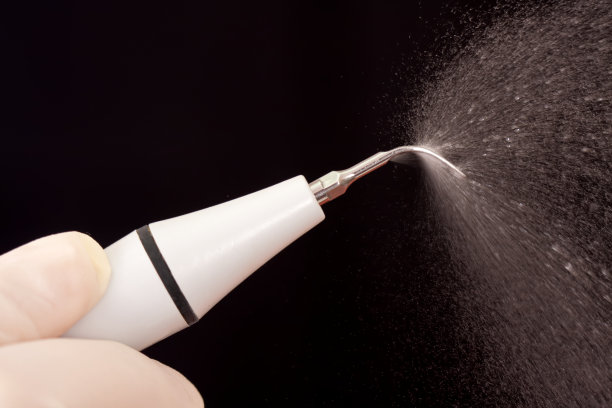Essential Tips to Consider for a Successful Dental Filling Procedure and Aftercare Practices
Summary: Dental fillings are a common dental procedure essential for treating cavities, restoring tooth functionality, and preventing further decay. This article outlines critical tips for a successful dental filling procedure, including choosing a qualified dentist, understanding the filling materials, preparing for the appointment, and effective aftercare practices. By putting these essential tips into practice, you can ensure a successful procedure and minimize any discomfort during the recovery period. Emphasizing the importance of patient education, this piece aims to equip readers with the necessary information to navigate the dental filling process effectively.
1. Choosing a Qualified Dentist for Your Filling

Choosing the right dentist is crucial for a successful dental filling procedure. Look for a dentist with substantial experience in performing fillings, as their expertise will play a vital role in the outcome. You should check their credentials, read reviews, and ask for recommendations from family or friends. A reliable dentist should also be transparent about the procedure and willing to discuss any concerns you may have.
Its also essential to visit a dentist who uses modern technology and practices. Advances in dental technology have greatly improved the precision and efficiency of filling treatments. Ensure your dentist uses state-of-the-art materials and equipment to lower the risk of complications during the procedure.
Lastly, make sure that the dental practice follows stringent hygiene and safety protocols. This is not only crucial for your comfort but also for preventing infections and other complications that may arise from improper practices.
2. Understanding Different Filling Materials
Dental fillings come in various materials, each with pros and cons. Composite resin is a popular option as it matches the natural color of teeth, making it aesthetically pleasing. However, its essential to note that composite fillings may wear down faster than other types and may not be suitable for large cavities.
Amalgam fillings, made from a mixture of metals, are exceptionally durable and often used in back teeth. They are a cost-effective solution but are silver in color and may not provide the aesthetic qualities that some patients desire. Discuss the different options with your dentist to determine which material is the best fit for your specific case.
An increasingly popular option is glass ionomer fillings, which release fluoride to help protect against further decay. These fillings are less durable than amalgam and composite but may be suitable for temporary options or in childrens teeth. Its crucial to understand these materials and their unique properties to make informed choices.
3. Preparing for Your Dental Filling Appointment
Proper preparation can ease anxiety and ensure a smooth dental filling experience. Start by discussing your medical history thoroughly with your dentist. Make sure to inform them of any allergies, medications, or previous dental experiences that may affect your treatment.
Additionally, follow any pre-appointment instructions given by your dentist. This may include avoiding food or drink for a specific period before the procedure. If youre feeling anxious, consider discussing some relaxation techniques with your dentist or ask about sedation options to make the procedure more comfortable.
Lastly, plan your schedule accordingly. Its advisable to take some time off work after your appointment to allow your mouth to recover and to attend any follow-up visits if needed. Arriving calmly and prepared will contribute significantly to the overall success of the procedure.
4. Effective Aftercare Practices to Follow
Aftercare is just as crucial as the procedure itself. Immediately after your dental filling, be sure to follow your dentists aftercare instructions carefully. Avoid eating or drinking for a few hours if youve received local anesthesia to prevent biting your cheek or tongue inadvertently.
Maintain proper oral hygiene by gently brushing and flossing around the filled area. Be cautious when cleaning your teeth for the first few days, especially if the filling is near sensitive areas. Additionally, use an antibacterial mouthwash to help keep your mouth clean and minimize the risk of infection.
Lastly, pay attention to any signs of complications. If you experience severe pain, excessive sensitivity, or prolonged discomfort, do not hesitate to contact your dentist. These could indicate further issues that require immediate attention, ensuring that your filling remains effective and your oral health is preserved.
Summary:
In summary, a successful dental filling procedure hinges on several key factors, including selecting a qualified dentist, understanding materials, proper preparation, and diligent aftercare practices. Prioritizing these aspects not only enhances the quality of your treatment but also promotes long-term oral health.
Being informed contributes to a more pleasant experience and effective recovery. Always consult your dental professional for personalized advice tailored to your dental needs. This article is compiled by Vickong Dental and the content is for reference only.


